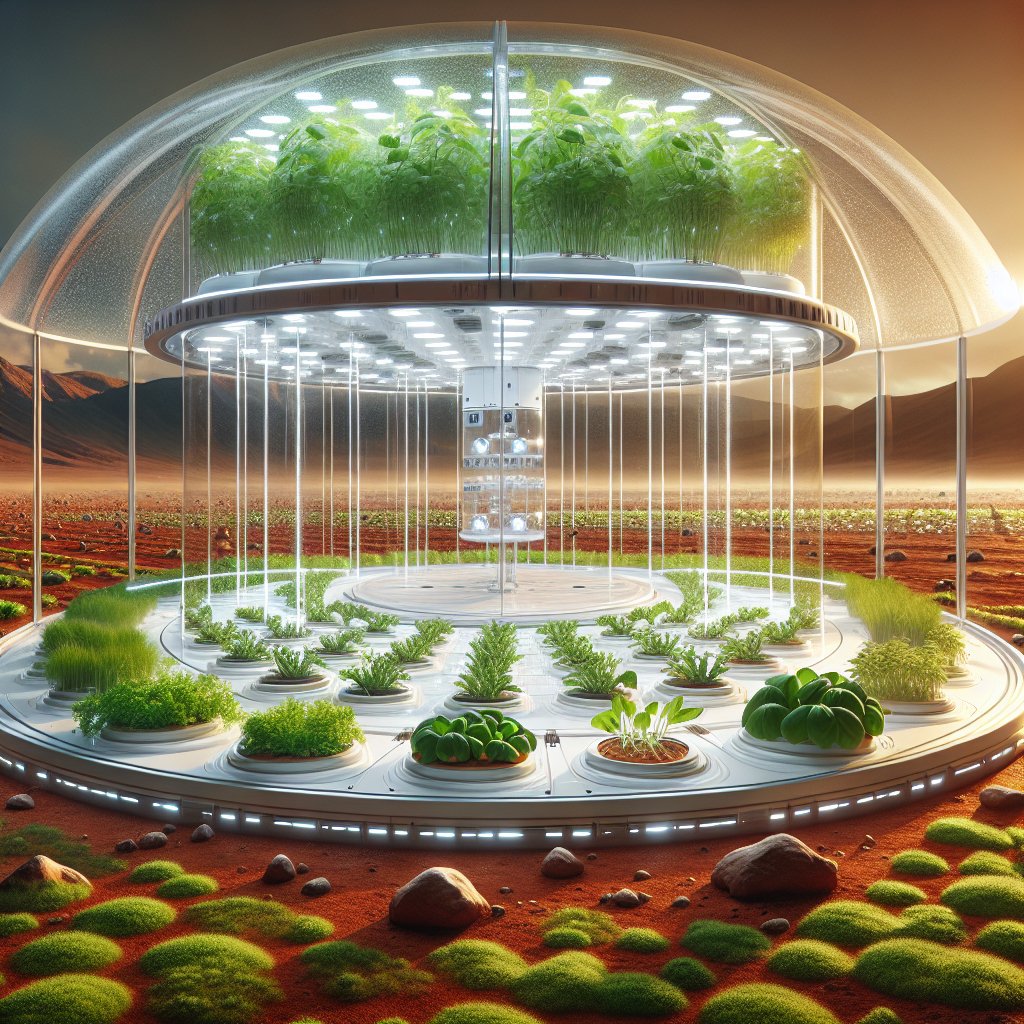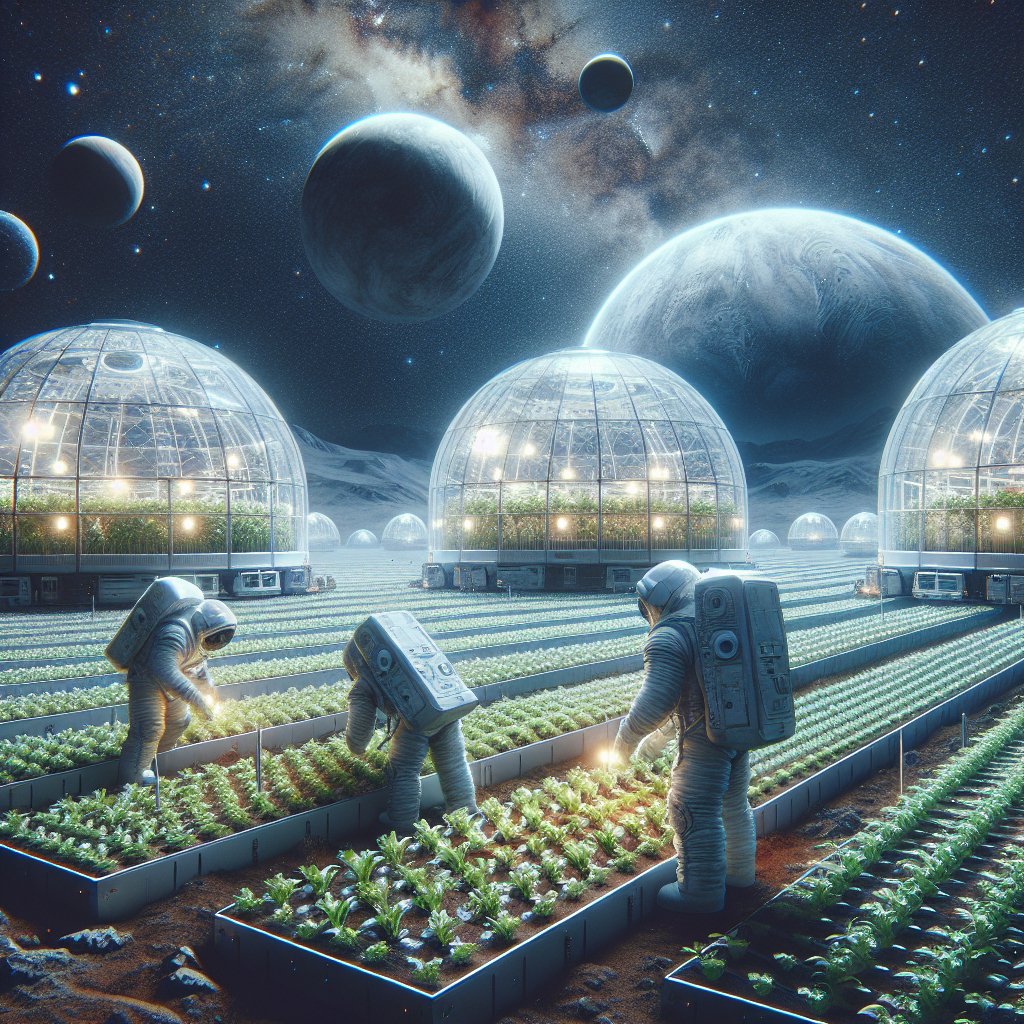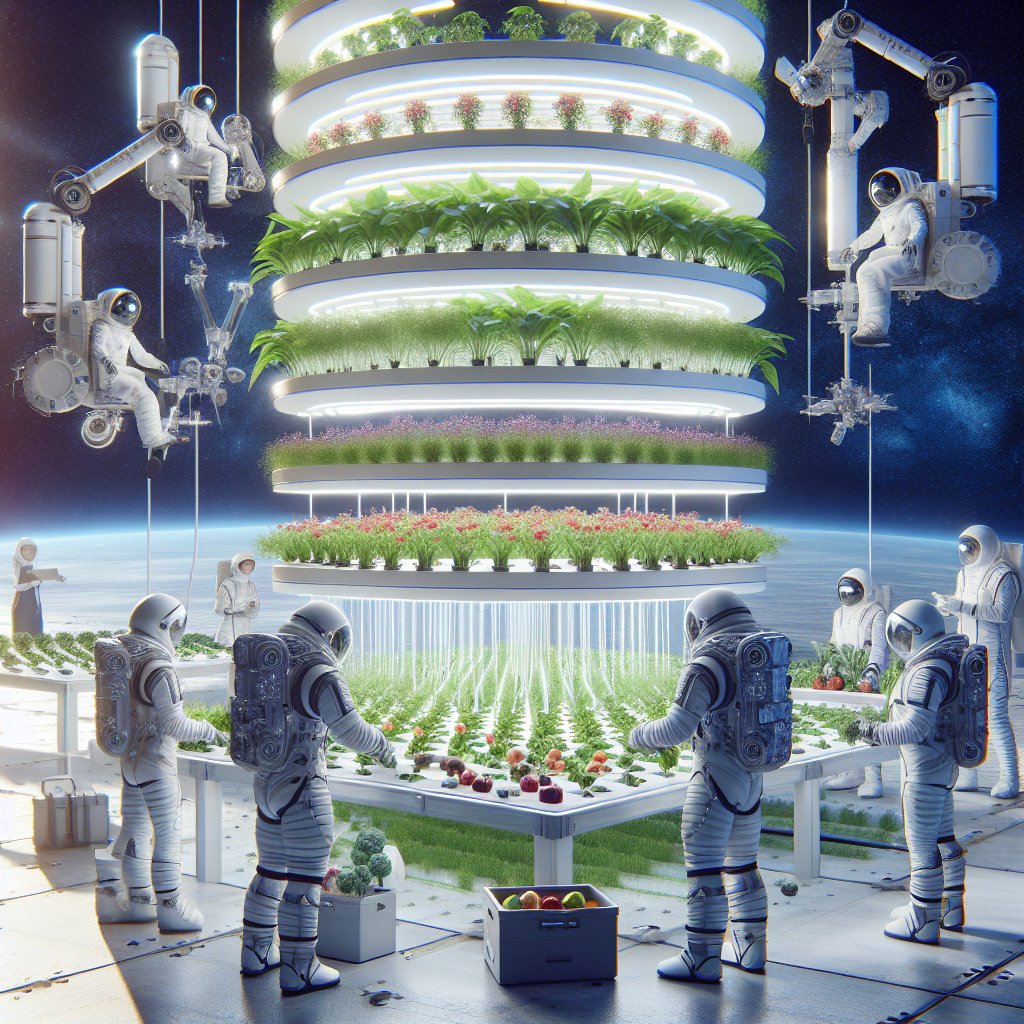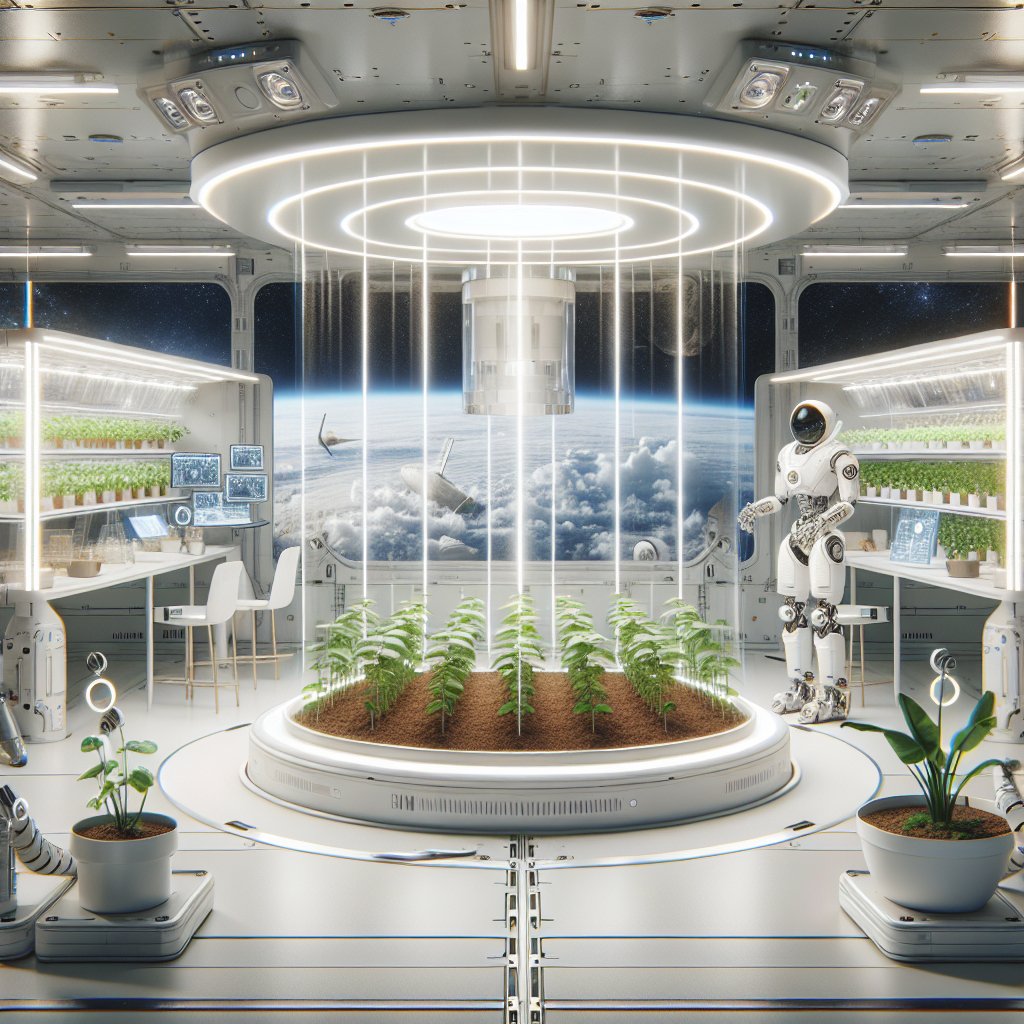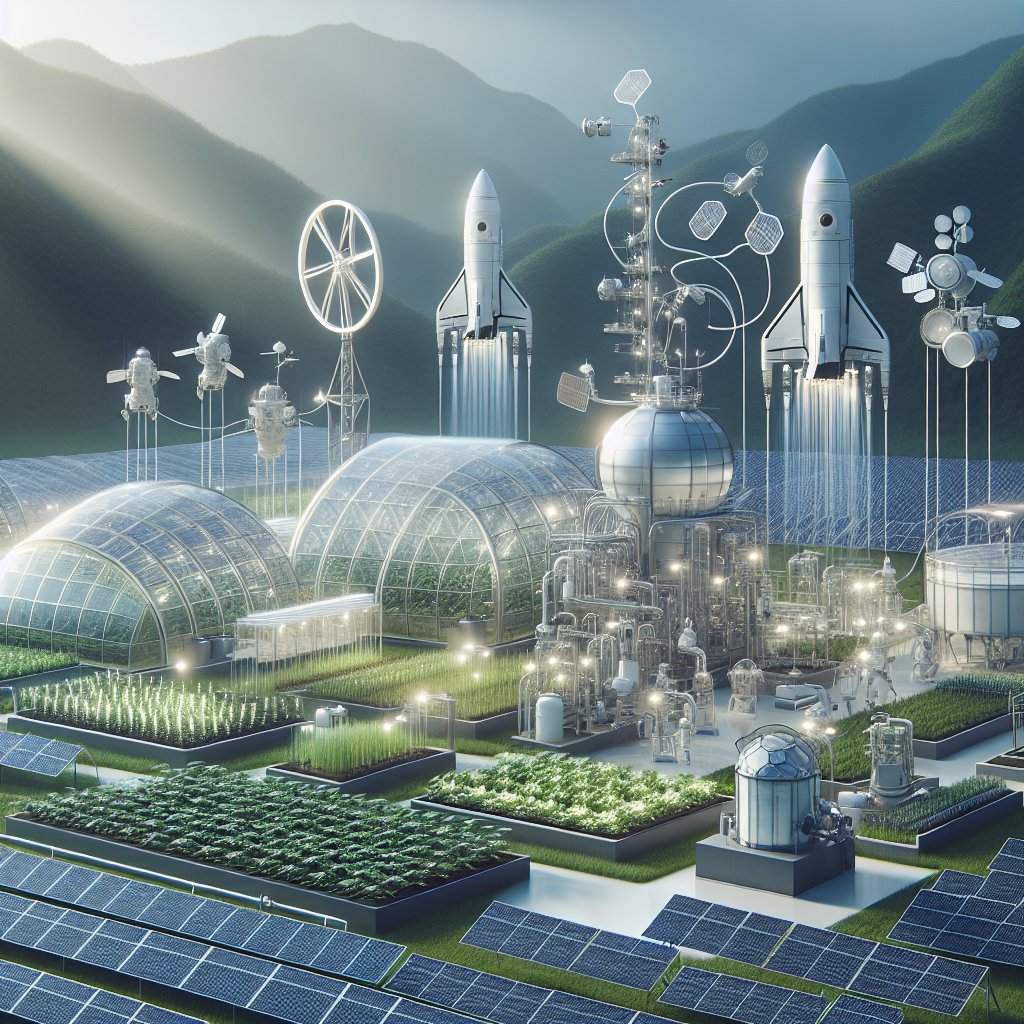The exploration of Mars has captivated humanity for decades, and as we look toward the possibility of colonizing the Red Planet, one of the most pressing questions arises: what crops are best suited for farming on Mars? The challenges of Martian agriculture are immense, but with innovative solutions and a deeper understanding of both the planet and agricultural science, we may find ways to cultivate food in this harsh environment. This article will explore the unique conditions on Mars, the potential crops that could thrive there, and the technologies that could make Martian farming a reality.
Understanding Martian Conditions
Before delving into which crops might be suitable for Martian agriculture, it is essential to understand the environmental conditions on Mars. The planet presents a series of challenges that differ significantly from those on Earth.
Atmospheric Composition
The Martian atmosphere is composed of approximately 95% carbon dioxide, with only trace amounts of oxygen and nitrogen. This high concentration of carbon dioxide could be beneficial for certain plants, as they utilize CO2 during photosynthesis. However, the lack of oxygen and the thin atmosphere, which is about 1% the density of Earth’s, poses significant challenges for plant growth.
Temperature Extremes
Temperatures on Mars can vary dramatically, ranging from about -125 degrees Celsius (-195 degrees Fahrenheit) during winter at the poles to a maximum of around 20 degrees Celsius (68 degrees Fahrenheit) at the equator during summer. These extreme temperatures would require any agricultural system to be highly controlled, likely necessitating the use of greenhouses or other protective structures.
Soil Composition
The Martian soil, known as regolith, is composed of a mixture of minerals, including iron oxide, which gives the planet its reddish hue. While it contains some essential nutrients, it lacks organic matter and has a high salinity level, which can be detrimental to plant growth. To cultivate crops, it may be necessary to amend the soil with organic materials or utilize hydroponic systems that do not rely on traditional soil.
Water Availability
Water is a critical component for any form of agriculture. While Mars has polar ice caps and evidence of past water flow, liquid water is scarce on the surface. Any agricultural endeavor would need to find ways to extract water from the Martian environment, whether through melting ice or utilizing advanced water recycling systems.
Potential Crops for Martian Agriculture
Given the unique challenges posed by the Martian environment, certain crops may be better suited for cultivation than others. Researchers have begun to identify plants that could potentially thrive in Martian conditions, focusing on hardiness, growth rate, and nutritional value.
1. Potatoes
Potatoes are often cited as one of the most promising crops for Martian agriculture. They are hardy, nutrient-dense, and have a relatively short growing cycle. In experiments conducted on Earth, potatoes have shown resilience in extreme conditions, making them a prime candidate for cultivation on Mars. Additionally, they can be grown in a variety of soil types and have the potential to be cultivated in hydroponic systems.
2. Alfalfa
Alfalfa is another crop that could be well-suited for Martian farming. It is a legume that can fix nitrogen in the soil, improving soil fertility for subsequent crops. Alfalfa is also drought-resistant and can grow in poor soil conditions, making it a viable option for the Martian regolith. Its deep root system can help stabilize the soil and prevent erosion.
3. Wheat
Wheat is a staple crop on Earth and could be adapted for Martian agriculture. Research has shown that certain varieties of wheat can tolerate saline conditions, which may be beneficial given the salinity of Martian soil. Additionally, wheat has a relatively short growing season and can be processed into various food products, making it a versatile choice for future Martian settlers.
4. Microgreens
Microgreens, which are young seedlings of edible vegetables and herbs, could be an excellent option for Martian agriculture. They have a quick growth cycle and are packed with nutrients. Growing microgreens in controlled environments could provide fresh produce for astronauts and settlers, enhancing their diets and overall health.
5. Genetically Modified Organisms (GMOs)
Advancements in genetic engineering may allow scientists to develop crops specifically tailored for Martian conditions. By modifying the genetic makeup of certain plants, researchers could create varieties that are more resistant to cold, drought, and high salinity. This approach could open up new possibilities for sustainable agriculture on Mars.
Technological Innovations for Martian Farming
To make farming on Mars a reality, significant technological innovations will be necessary. These advancements will address the unique challenges posed by the Martian environment and enable the successful cultivation of crops.
1. Controlled Environment Agriculture (CEA)
Controlled Environment Agriculture involves growing plants in a highly regulated environment, such as greenhouses or indoor farms. This method allows for precise control over temperature, humidity, light, and nutrient levels, making it ideal for the harsh conditions on Mars. CEA systems can utilize artificial lighting and hydroponics to maximize crop yields while minimizing resource use.
2. Hydroponics and Aeroponics
Hydroponics and aeroponics are soil-less farming techniques that could be particularly beneficial for Martian agriculture. Hydroponics involves growing plants in nutrient-rich water, while aeroponics uses mist to deliver nutrients to plant roots. Both methods can conserve water and reduce the need for traditional soil, making them suitable for the Martian environment.
3. Resource Recycling Systems
Implementing closed-loop systems that recycle water and nutrients will be crucial for sustainable farming on Mars. These systems can capture and purify water from plant transpiration and waste, ensuring that resources are used efficiently. Such technologies will be essential for supporting long-term human habitation on the planet.
4. Robotic Farming
Robotic technology could play a significant role in Martian agriculture. Autonomous robots could be used for planting, monitoring, and harvesting crops, reducing the need for human labor in the challenging Martian environment. These robots could be equipped with sensors to assess plant health and optimize growing conditions.
5. Research and Development
Ongoing research and development will be vital for advancing our understanding of Martian agriculture. Experiments conducted in simulated Martian environments on Earth can provide valuable insights into crop growth and the effectiveness of various farming techniques. Collaborations between space agencies, agricultural scientists, and engineers will be essential for overcoming the challenges of farming on Mars.
Conclusion
The prospect of farming on Mars presents both exciting opportunities and formidable challenges. By understanding the unique conditions of the Martian environment and identifying suitable crops, we can begin to envision a future where humans can cultivate food on the Red Planet. Technological innovations in controlled environment agriculture, hydroponics, and resource recycling will be crucial for making this vision a reality. As we continue to explore Mars and develop the necessary technologies, the dream of sustainable agriculture on another planet may one day become a reality, paving the way for human colonization and the expansion of life beyond Earth.
